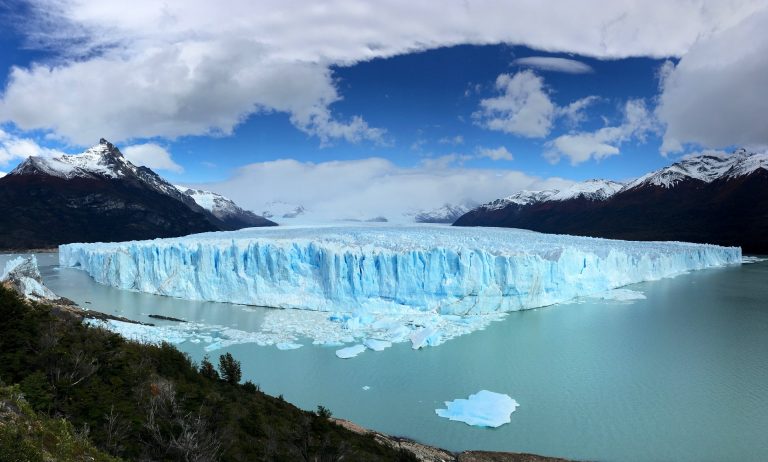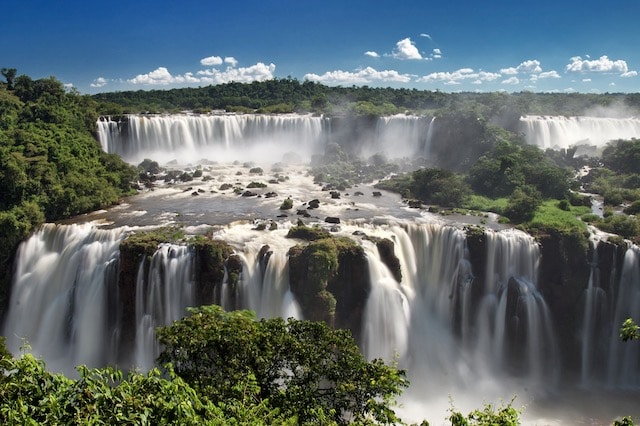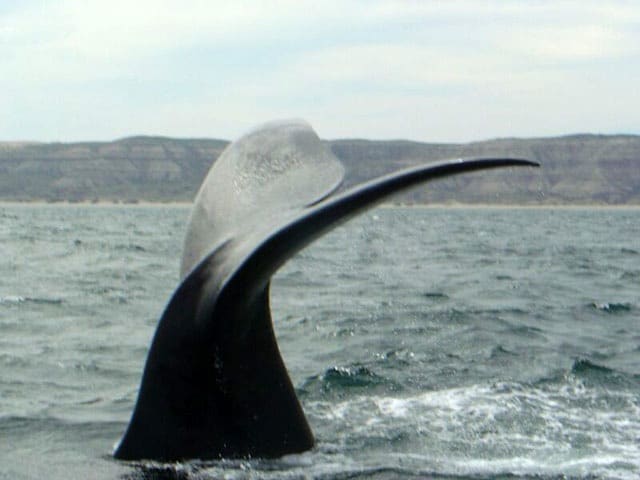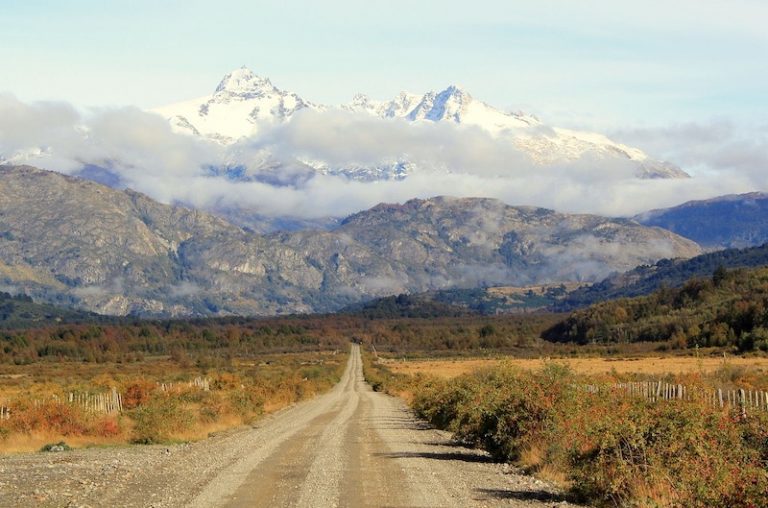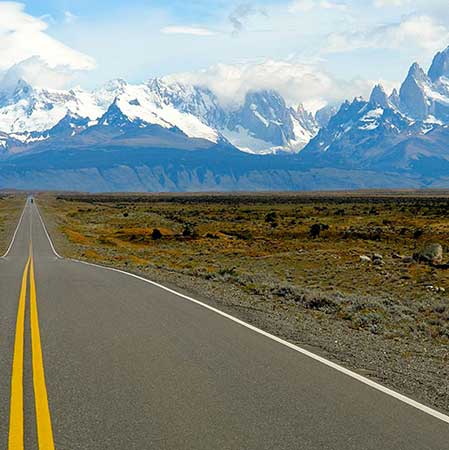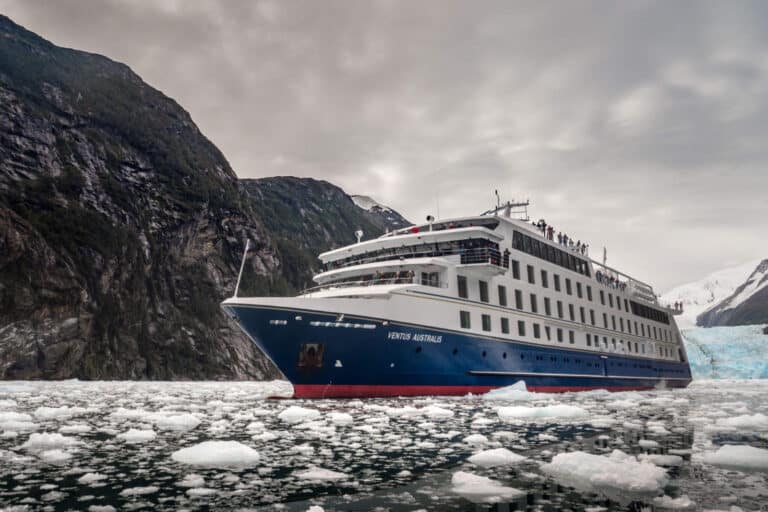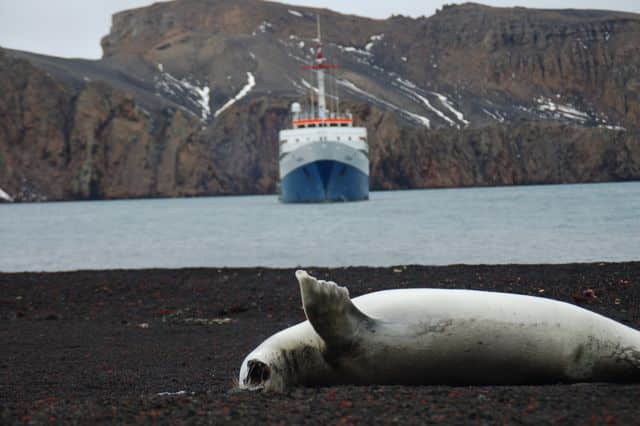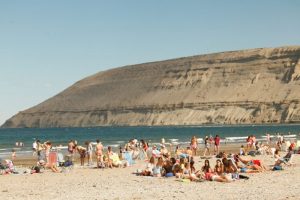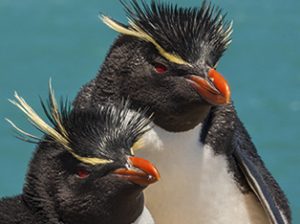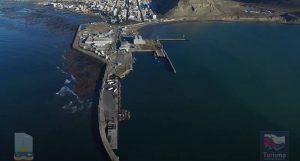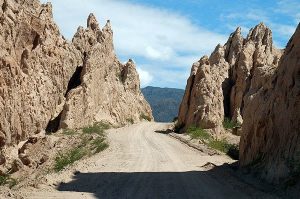From the right whales of Patagonia, to the penguin colonies and the traditional historical landmarks are accessible by the RN 3 of the Argentine Patagonian coast.
This paved road has a fascinating maritime history, yet it travels through long stretches of landscape that blur the horizon like an endless blank slate. It is also the preferred route for large trucks traveling long distances.
Wildlife lovers shouldn’t miss the world-renowned Valdés Peninsula, with the continent’s largest Magellan penguin colonies in the Punta Tombo area, and a diverse population of seabirds in the Ría Deseado Nature Reserve.
We also recommend visiting the towns of Puerto San Julián and Camarones, which are quiet retreats by the sea, while Gaiman tells you the history of Welsh colonization and you can enjoy an afternoon of tea and cakes.
In this guide we try to summarize the most important places you should visit on your trip to the Patagonian Coast.
The Faunal Reserve of the Valdés Peninsula
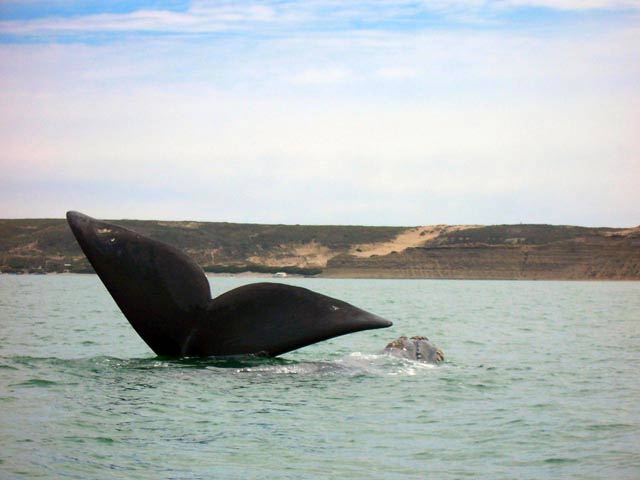
The largest wildlife reserve in coastal Patagonia, situated on the arid eastern coast of Argentine Patagonia, this strangely shaped peninsula is home to one of the richest forms of wildlife in the country.
Elephant seals, Magellanic penguins, southern right whales, guanacos, armadillos (piches) and foxes are almost guaranteed sightings during their peak seasons. Whale watching is very important from July to early December and attracts a lot of tourism on these dates.
From February to April, orcas can be seen at high tide. They have been filmed snatching sea lions from the coast (using the technique of intentional stranding). Elephants, wolves and sea lions are present all year round.
North Point
Peninsula Valdés Wildlife Reserve
At the tip of the Valdes Peninsula, the lonely Punta Norte boasts a huge mixed colony of sea lions and elephant seals.
But the real thrill here is killer whale watching – from mid-February to mid-April these killer whales come to feast on the unsuspecting colonies of sea lions.
It’s hard to see an attack at high tide, but seeing the sculpted dorsal fins in the water is enough to give you goosebumps.
There is a small but good museum that focuses on marine mammals, and has details about the Tehuelches and the history of the area.
Punta Delgada
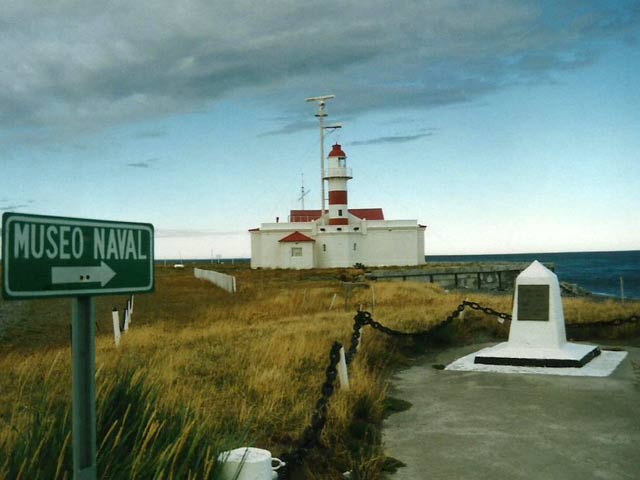
Peninsula Valdés Wildlife Reserve
In the extreme southeast of Península Valdés, 76 km from Puerto Pirámides, you can see a colony of sea lions from the cliffs of Punta Delgada and in spring, a huge colony of elephant seals.
Visitors must pay a fee, as the view can only be accessed through the Hotel Faro Punta Delgada property. However, hotel and restaurant guests can enter at no additional charge.
Punta Loma Wildlife Reserve
Home to a permanent colony of sea lions and cormorants, the Punta Loma Wildlife Reserve is located 17 km southeast of Puerto Madryn, accessible by a good gravel road. The lookout point is about 15 m from the animals, and is best viewed at low tides.
Puerto Madryn
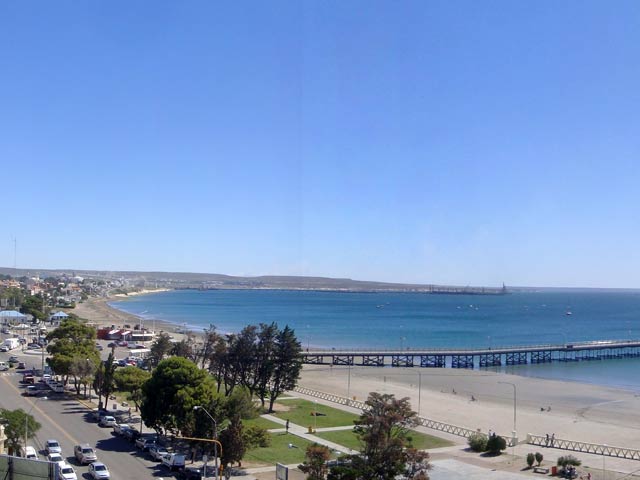
Gateway to the surprising Peninsula Valdés
The city of Puerto Madryn belongs to the department of Biedma in the province of Chubut. It was founded on July 28, 1865, the date of arrival, aboard the Mimosa sailboat, of the Welsh settlers to the coast of Chubut in front of what is now the city.
In Puerto Madryn you can enjoy the extensive beaches.
Puerto Madryn is one of the most vibrant cities in Patagonia because it brings together various economic activities: its deep-water port allows intense fishing activity, the city produces aluminum at its ALUAR (Aluminio Argentino SA) plant, and has a vibrant tourism industry. .
This city is a pioneer of underwater activity in the country and is a point of support to visit the surprising and unique Peninsula Valdés.
Punta Tombo Protected Natural Area
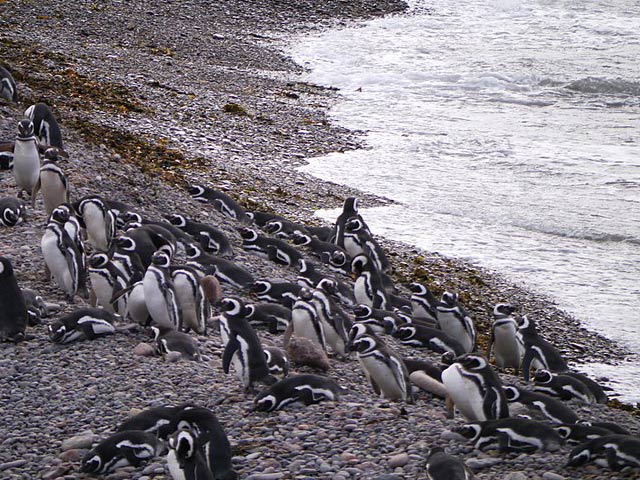
Wildlife reserve in coastal Patagonia
The largest nesting area for Magellanic penguins in South America, the Punta Tombo Protected Natural Area has a colony of more than half a million Magellan penguins and attracts many other birds, among which are cormorants, giant petrels, kelp gulls, flightless steam ducks and black oystercatchers.
Most of the nesting areas in the 200 hectare reserve are fenced: respect the boundaries and remember that penguins may feel threatened and move into a more aggressive attitude.
Punta Tombo is located 110 km south of Trelew and 180 km south of Puerto Madryn via the well-maintained gravel road of Route 1 and a short southeast lateral.
If you dare, you can continue south to Camarones, through the picturesque but desolate Cabo Raso.
Prawns
The coastal town of Camarones presents different attractions to visit during your stay there. From historical and cultural destinations to the architecture of the city.
Perón Museum, Camarones
The first destination is the Provincial Museum “Familia Perón”, inaugurated on June 28, 2008. This site tries to rescue the history of the social and political leader in his childhood with his family and his stay in Patagonia.
General Juan Domingo Perón lived his childhood in Camarones, with his father as a magistrate, his mother and his brother. When he became president, he carried out works for the prosperity of the town where he grew up.
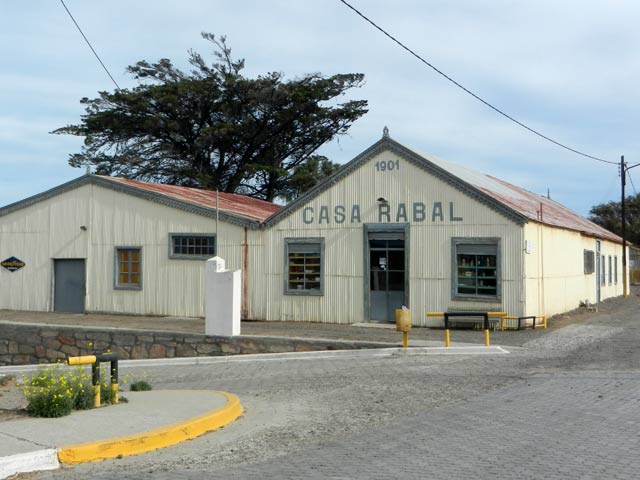
A unique attraction of the city is the architecture that makes it up. Through a tour of the streets we see houses that lead us to the late 19th and early 20th centuries.
Cabo Dos Bahías
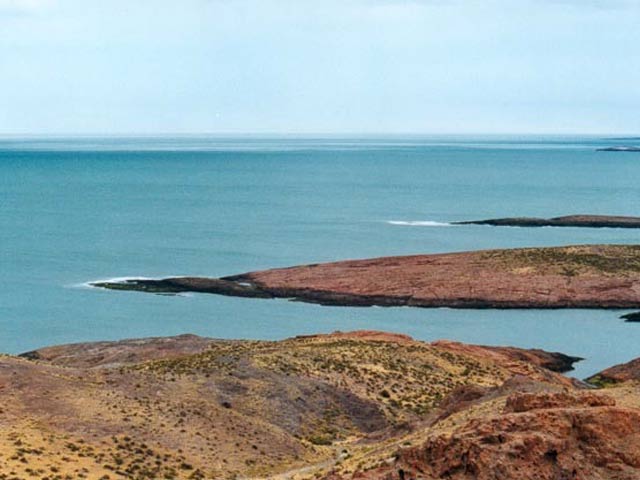
Wildlife Reserve in Cabo Dos Bahías
About 30 km southeast of Camarones, the isolated penguin colony of Cabo Dos Bahías attracts far fewer visitors than Punta Tombo, making it a great alternative. You will be rewarded with killer whales and a huge colony of penguins that nest in spring and summer, whales in winter and a large concentration of guanacos and rheas, sea lions, foxes and sea lions are residents throughout the year.
Bustamante Bay
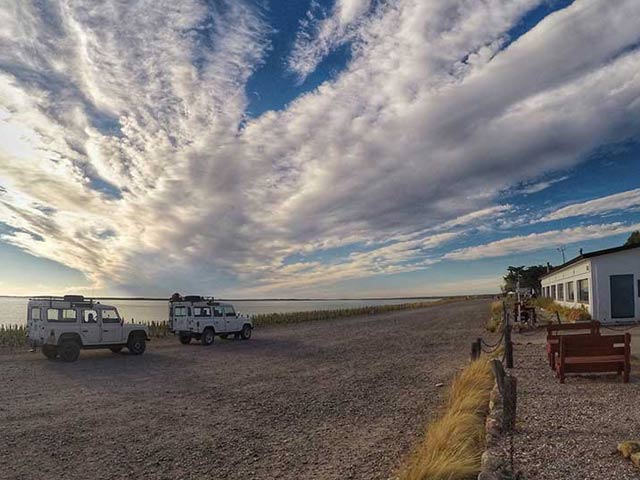
Described by The New York Times as “Argentina’s private (and secret) answer to the Galapagos”, Bahía Bustamante is a coastal hotel surrounded by 360 ° of pure nature, located in Patagonia, in an area recognized for its relevant biodiversity biological.
Only in a few places in the world is it possible to find such quantity and diversity of marine birds and mammals, which is why it has been included in the Southern Patagonia National Park and in the UNESCO Biosphere Reserve “Patagonia Azul”.
Founded in the 1950s as a seaweed settlement by Lorenzo Soriano, a Spanish immigrant and grandfather to the generations who run the Lodge today, more than 400 seaweed workers and their families lived here: there was a church, a school, a police department and everything that this small “town” and its inhabitants needed. Staying at the Bahía Bustamante Lodge also means taking a trip back in time.
The beaches of Rada Tilly
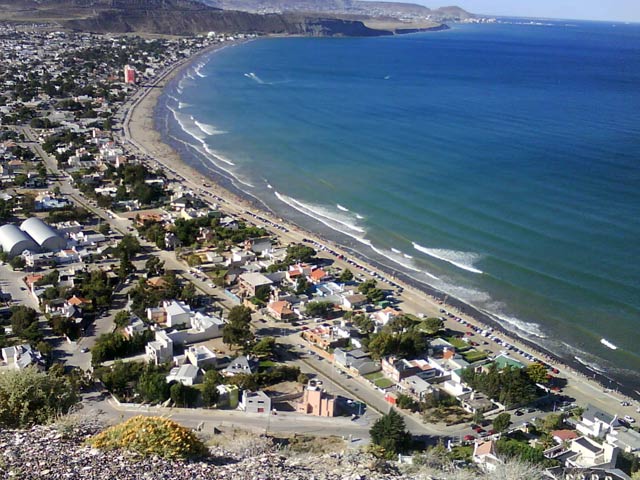
Rada Tilly Beach is 15 km south of Comodoro Rivadavia on the Atlantic Ocean.
It was born as a summer village but today it is permanently inhabited. It has all the services and 4,000 people, most of them young, benefit from the nearby Comodoro Rivadavia.
For those who like seascape, every morning is different at Rada Tilly. Its extensive beaches invite to be traveled in quiet walks.
The landscape of clear waters and wildlife can be enjoyed from the viewpoints located on each of the hills that contain Punta Piedras (to the north) or Punta del Marqués (to the south).
This place has a system of viewpoints located 160 meters above sea level that can be reached by car in just 20 minutes, from where you can appreciate the immensity of the open sea and the biological diversity of an ecotonal environment of the Patagonian steppe. .
At the foot of the steep slopes from Punta del Marqués, you will be able to spot a wild colony of sea lions.
Another attraction that can be visited in this town is the Regional Museum. It was inaugurated on February 27, 1987 by neighbors who contributed valuable private collections of fossils and to which were added specimens of the native fauna.
Petrified Forests Natural Monument
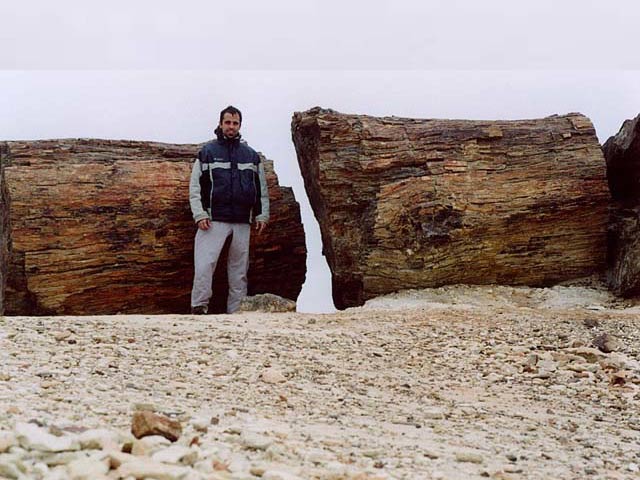
Park in Coastal Patagonia
During the Jurassic period, 150 million years ago, this area enjoyed a humid and temperate climate with flourishing forests, but intense volcanic activity buried them in ashes, initiating a process of “petrification”.
Erosion later exposed already petrified trees up to 3 m in diameter and 35 m in length.
Today, the 150 km2 Petrified Forest Natural Monument also known as “Jaramillo Petrified Forest” has a small visitor center and a short interpretive trail, which leads from the park headquarters to the largest concentration of petrified trees. .
The park is located 157 km south of Caleta Olivia on Route 3.
Desired Port
In Puerto Deseado, nature lovers can visit the different Nature Reserves of Ría Deseado, Cabo Blanco and Isla Pingüino. These three places have in common that they provide an accessible and close contact with the environment, flora and fauna.
Ría Deseado Nature Reserve: This site was declared a Natural Reserve due to its particular characteristic of being a place where the river left its banks and was occupied by the sea. The special geological characteristics and the fauna make it unique in South America.
Cabo Blanco Nature Reserve: It is another unique place, where you can see one of the largest populations of sea lions in Argentina.
Isla Pingüino Nature Reserve : This island is located about 20 kilometers from the center of Puerto Deseado and arrives after a short navigation. There you can see and photograph Magellan penguins but you will also find the only colony of Rockhopper penguins on the Patagonian coast.
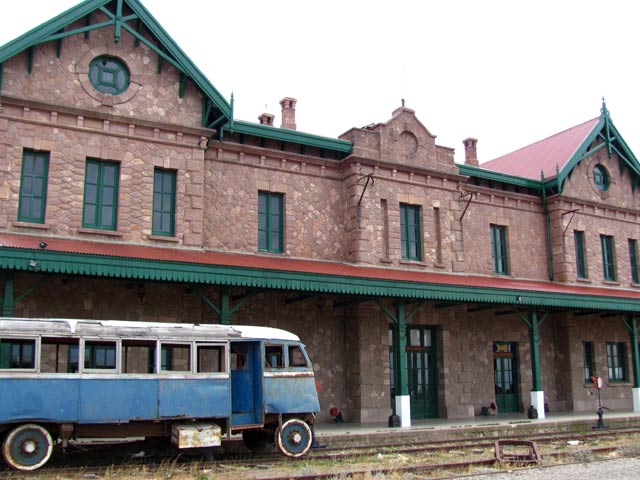
Patagonian Railway Station
Train fans can see the imposing English-designed train station on Av. Oneto, built by Yugoslav stonemasons in 1908.
Puerto Deseado was once the coastal terminal for a cargo and passenger route that transported wool and lead from the Pico Truncado and Las Heras mines, located 280 km to the northwest.
Historic Wagon
In the center of the city, this restored wagon from 1898 is famous for being the car with which the rebel leader Facón Grande prepared the “Rebellion of Patagonia.” In 1979 the car was almost sold for scrap, but disgruntled residents blocked the roads to stop the sale.
Puerto San Julián
In 1519, Magellan’s expedition ended up in what would be the scene of the decisive historical events Puerto San Julián.
View of the town of Puerto San Julián.
The city is located on a gentle slope that leads to the bay, is bordered by two large avenues that intersect each other and reflects the various waves of immigration that populated the place for its architecture, since Anglo-Saxon influences and constructions range from 1900 to modern standards.
San Julián has a natural port, the pier, which is currently used for activities on the national coast and is a fresh fish fishery.
Nao Victoria Museum
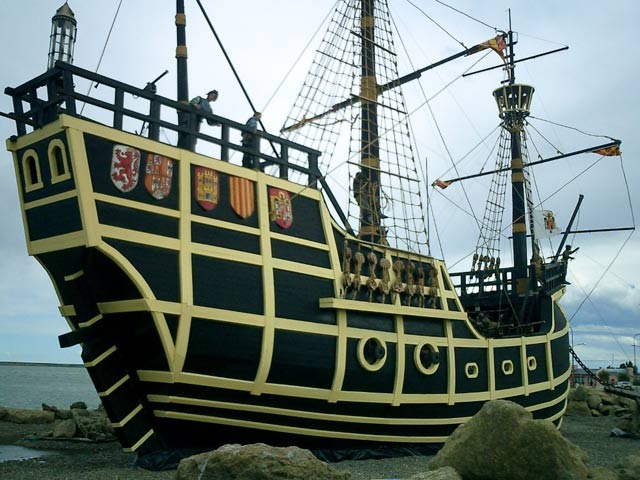
Museum in Puerto San Julián
Relive the landing of Magellan at this museum and theme park with life-size figures. Located in the port in a reproduction of the original ship.
Cabo Vírgenes Provincial Reserve
Wildlife reserve in Río Gallegos
Magellanic penguins nest from September to March in the second largest penguin rookery in Argentina.
It is 140 km from Río Gallegos on rather slow gravel roads; the trip can last three hours in each direction.
[subpages]
My organised trips to Patagonia
In the carousel below you can see already assembled itineraries for inspiration, click on the one you are interested in and ask me for a quote.
Compact trip through the southernmost Argentinean Patagonia: Ushuaia and El Calafate
Enjoy the 3 most relevant ecosystems in Argentina: The End of the World, The Glaciers and the Iguazu Falls.
Trip to Patagonia Argentina in 7 days touring the most beautiful landscapes of Patagonia Argentina (Peninsula Valdés & El Calafate)
The Carretera Austral by rental car is probably one of the most spectacular routes in Patagonia, designed to be travelled with plenty of time in your rental car.
Tour along Route 40 in Patagonia, starting on Route 3 on the Atlantic coast and continuing along Route 40 until reaching the Andes Mountains and El Calafate.
The Australis Cruises are Expedition Cruises that sail through the Strait of Magellan and the Beagle Channel, exploring one of the most beautiful and unspoiled regions of the world such as Patagonia and Tierra del Fuego.
The Antarctic Cruise aboard the MV USHUAIA offers you an incredible introduction to the 'White Continent' at a reasonable price.



